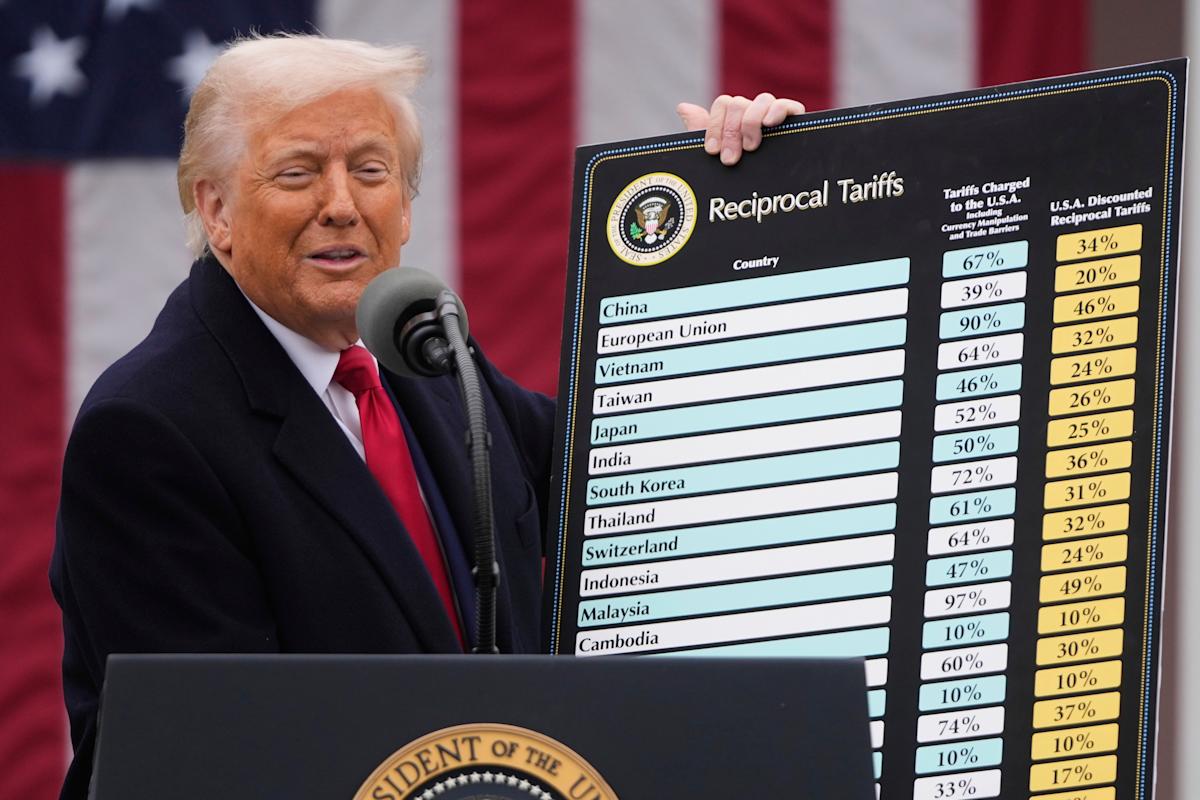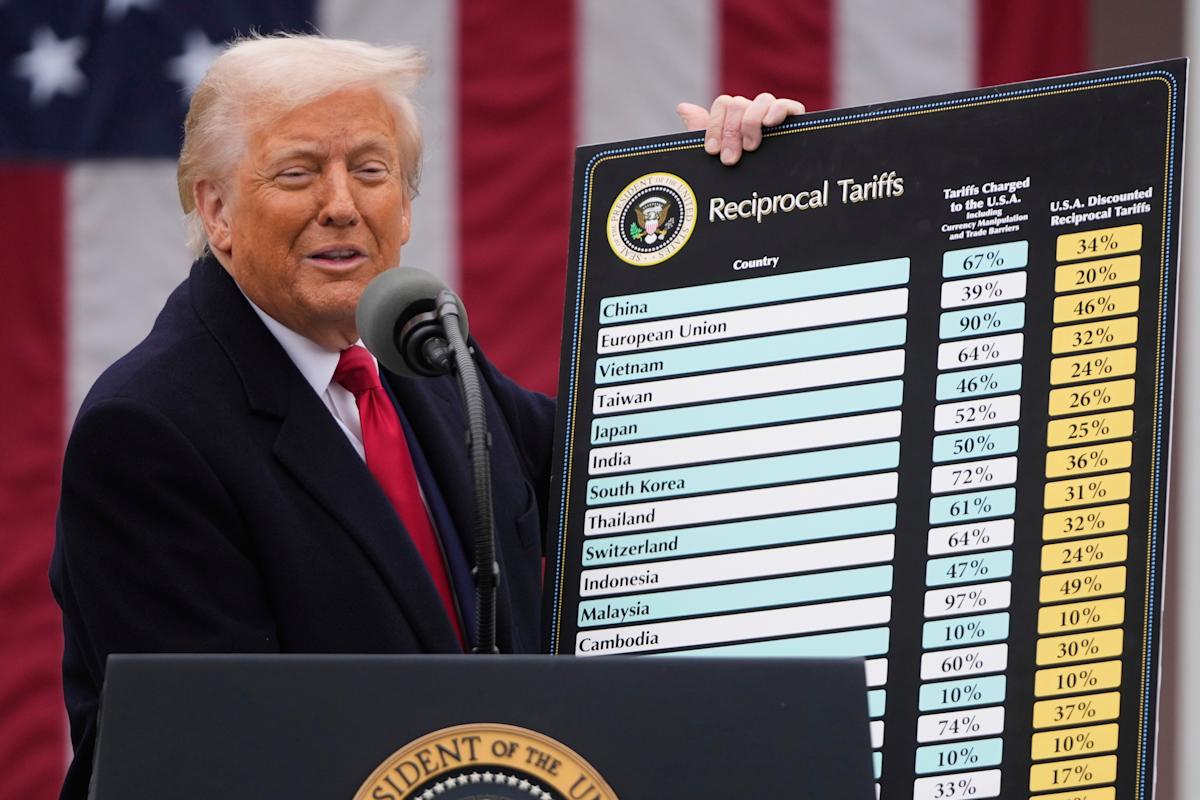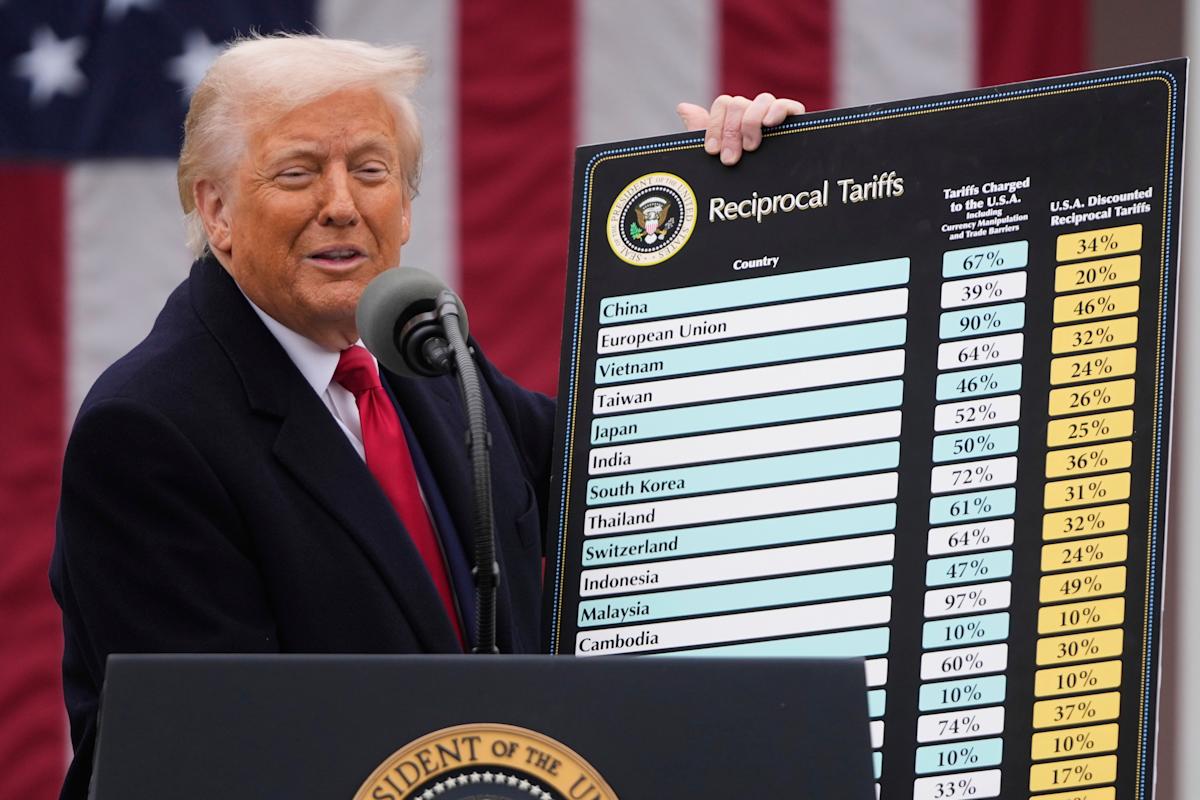## India’s Got Apple Fever: iPhone Sales Soar as China Falters
Say goodbye to whispers and hello to a booming chorus! Apple’s latest earnings report just dropped, and it’s a tale of two markets. While China might be experiencing a slight slowdown, India is stepping up to the plate, literally snatching up iPhones like hotcakes. This surge in Indian demand has helped Apple smash its own sales records, proving that the apple doesn’t fall far from the tree… even when it’s thousands of miles away.

The Trade War’s Ripple Effect

The escalating trade tensions between the United States and China are sending shockwaves through global markets, impacting industries and businesses worldwide. These tensions, characterized by tit-for-tat tariffs on billions of dollars worth of goods, have created uncertainty and volatility, disrupting supply chains and dampening economic growth.
Instachronicles has reported extensively on the multifaceted impacts of this trade war. For example, the automotive industry is facing significant challenges. As reported by Reuters, Toyota is considering shifting production of its popular RAV4 SUV from overseas to the United States, a move driven by the threat of US tariffs on imported vehicles. This shift underscores the growing pressure on global automakers to adapt their manufacturing strategies in response to the unpredictable trade landscape.
The aerospace industry is another sector feeling the heat. Boeing, a major US exporter, has seen its business impacted as Chinese airlines have delayed orders for Boeing aircraft amid the trade dispute. This example highlights the interconnected nature of global trade, where even seemingly unrelated industries can be caught in the crossfire of trade wars.
Moreover, the uncertainty surrounding the trade war is weighing on consumer confidence. Consumers are becoming increasingly wary of potential price increases and shortages of goods, leading to a slowdown in spending. This consumer hesitancy has broader implications for the global economy, as consumer spending is a key driver of economic growth.
The escalating trade tensions have also prompted a reassessment of global supply chains. Companies are increasingly looking to diversify their sourcing and production networks to reduce their reliance on China and mitigate risks associated with trade disruptions. This trend could have significant long-term implications for the global economic landscape, potentially leading to a more fragmented and regionalized supply chain system.

Apple’s Strategic Positioning
Amidst this turbulent trade environment, Apple, the tech giant, is navigating the complexities strategically. Apple has long been criticized for its overreliance on Chinese manufacturing, but the company is actively diversifying its supply chain to reduce its exposure to trade risks.
One key aspect of Apple’s strategy is its expansion of manufacturing operations in countries like India. This shift is gaining momentum, with Apple increasingly relying on India to assemble a growing number of its products, including the iPhone.
Instachronicles reported on Apple’s record-breaking iPhone sales in India, highlighting the country’s emergence as a crucial market for the tech giant. This success is attributed not only to the rising smartphone penetration in India but also to Apple’s strategic localization efforts, including manufacturing and after-sales service.
By expanding its manufacturing footprint in India, Apple aims to benefit from local talent, lower production costs, and access to a large consumer market. This move also signals Apple’s commitment to mitigating the risks associated with trade tensions and ensuring a more resilient supply chain.
Beyond manufacturing, Apple is investing in research and development (R&D) in India, fostering innovation and creating a hub for technological advancements. These investments demonstrate Apple’s long-term vision for India as a key player in its global strategy.

Consumer Impact in India
The trade war’s impact on consumers in India is a complex issue with both potential benefits and risks. On one hand, the diversification of Apple’s supply chain could lead to increased availability and potentially lower prices for iPhones in India.
As Apple ramps up manufacturing in India, it may be able to leverage economies of scale and reduce production costs, which could translate into more affordable iPhones for Indian consumers. Additionally, the expansion of local after-sales service and support could enhance consumer satisfaction and brand loyalty.
However, it’s important to consider the potential risks. Rising tariffs on imported components could increase the cost of manufacturing iPhones in India, potentially leading to higher prices for consumers. Furthermore, the trade war’s overall impact on the global economy could lead to a slowdown in demand, potentially affecting Apple’s sales in India.
It remains to be seen how these competing factors will ultimately shape the consumer experience in India. However, the trade war’s influence on Apple’s supply chain strategy is likely to have a significant impact on the Indian smartphone market.

Looking Ahead: India’s Role in Apple’s Future
Investment Opportunities
India presents a compelling opportunity for Apple to expand its global footprint and mitigate risks associated with trade tensions. The country’s large and growing middle class, coupled with its burgeoning tech ecosystem, makes it an attractive destination for investment.
- Manufacturing: Apple’s investments in manufacturing in India are expected to continue growing, creating jobs and bolstering the country’s manufacturing sector.
- Research & Development: Apple’s R&D investments in India signal a commitment to fostering innovation and developing cutting-edge technologies tailored to the Indian market.
- Retail Expansion: Apple’s retail presence in India is expanding rapidly, with new stores opening across major cities. This expansion will enhance customer experience and drive sales growth.
Government Support
The Indian government has been actively encouraging foreign investment and promoting the growth of its digital economy. Policies aimed at simplifying business regulations, incentivizing manufacturing, and fostering innovation are creating a favorable environment for companies like Apple.
The government’s “Make in India” initiative, which aims to boost domestic manufacturing, is particularly relevant to Apple’s manufacturing expansion in India. The “Digital India” initiative, focused on promoting digital literacy and infrastructure, aligns with Apple’s vision of a connected world.
Long-Term Growth Potential
India’s long-term growth trajectory is promising for Apple. The country’s population is expected to surpass China’s in the coming years, and the smartphone market is poised for significant expansion.
Apple’s strategic positioning and investments in India suggest a commitment to capitalize on this growth potential. As the smartphone market matures in India, Apple’s focus on innovation, brand loyalty, and customer experience will be crucial in maintaining its competitive edge.
Conclusion
Apple’s Q1 earnings report paints a compelling picture: while slowing sales in China cast a shadow, the Indian market emerged as a shining beacon, shattering previous records and contributing significantly to the overall success. This geographic shift highlights a crucial trend – the growing importance of emerging markets for tech giants like Apple.
As China’s economic slowdown continues, India’s burgeoning middle class and smartphone penetration present a lucrative opportunity for Apple to not just maintain, but potentially accelerate its growth trajectory. This success story in India underscores the power of localized strategies, a factor Apple seems to be mastering. Going forward, it will be fascinating to see how Apple leverages this momentum, potentially leading the charge in other emerging markets and solidifying its position as a global tech leader. The world’s appetite for innovation, it seems, is far from satiated, and Apple, with its strategic adaptability, is poised to capitalize on this insatiable demand.
The future of tech is undeniably mobile, and in the hands of a company like Apple, it promises to be truly transformative.